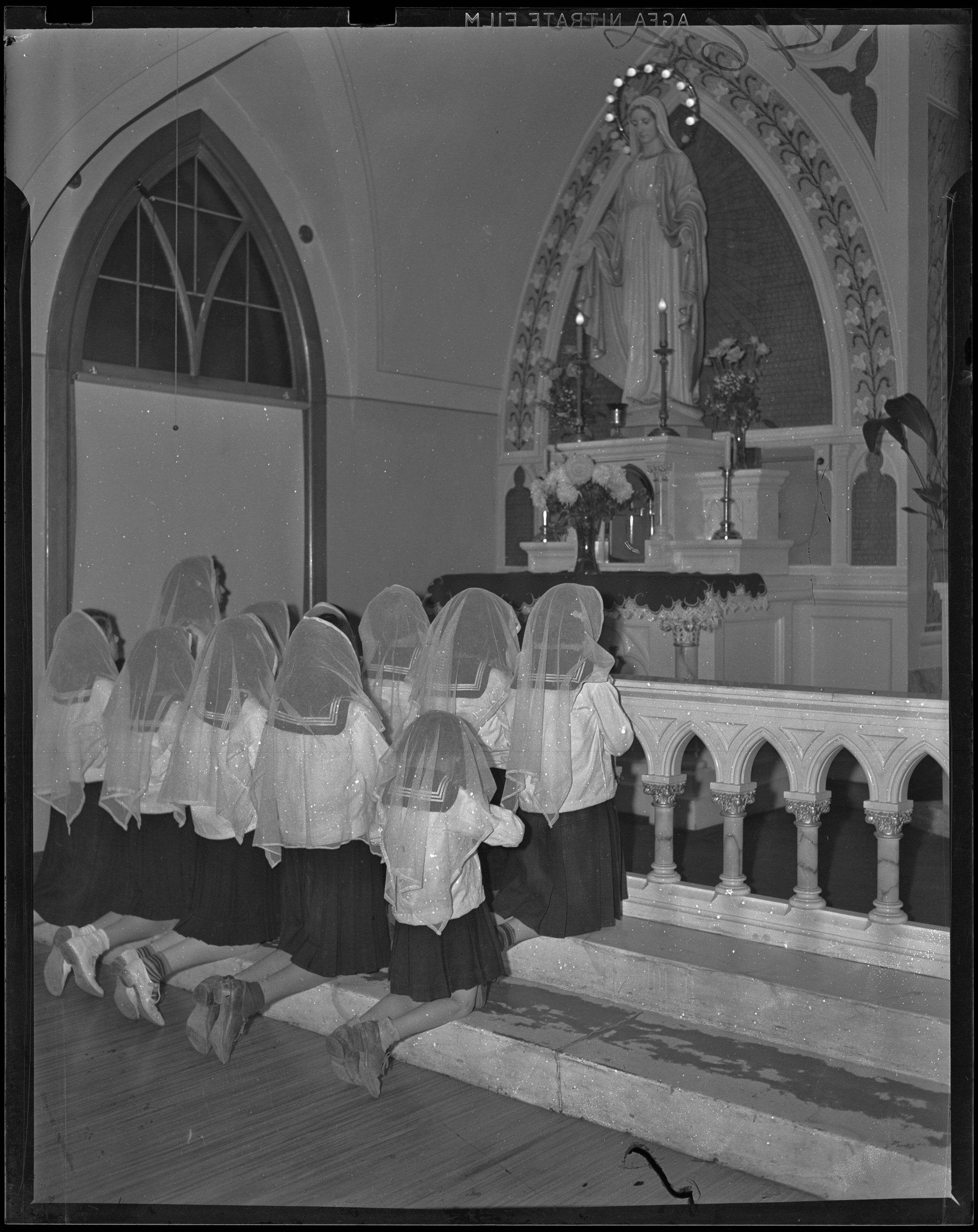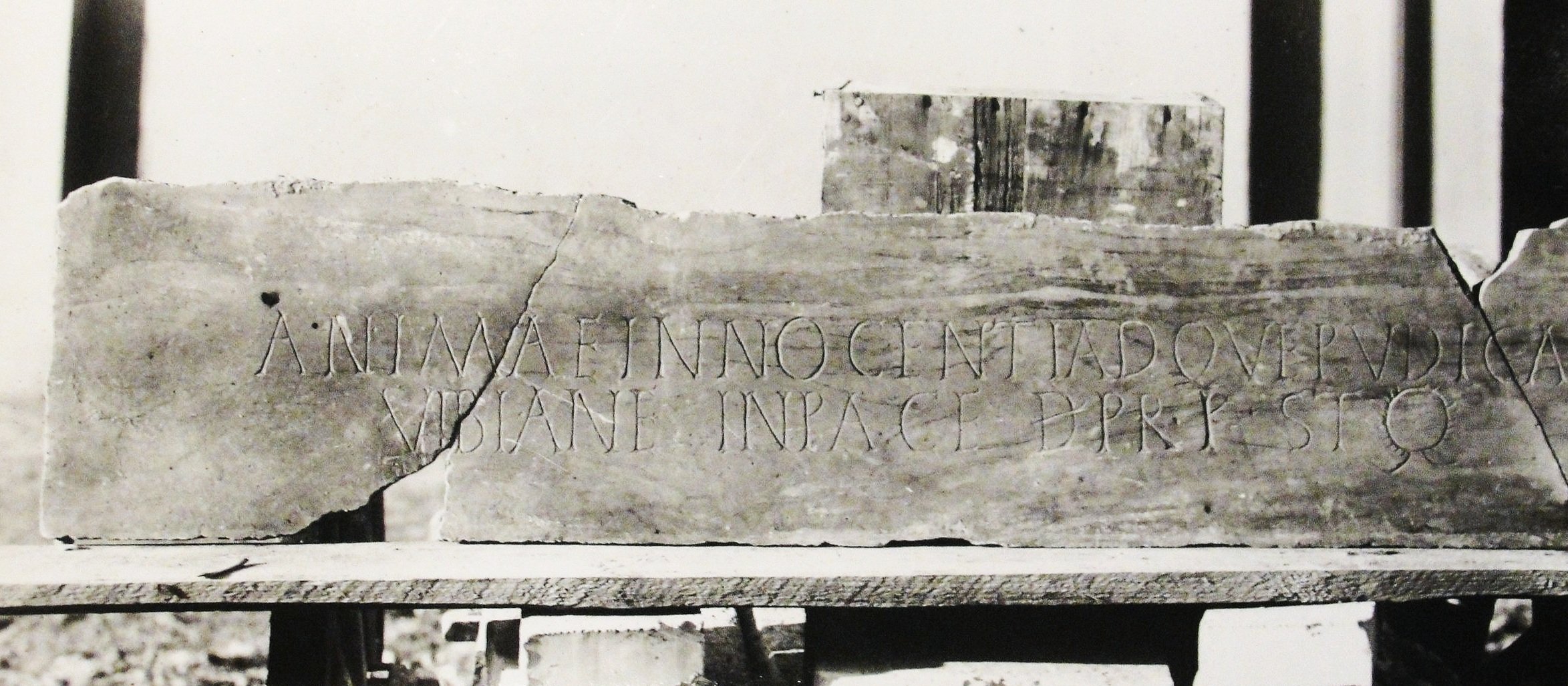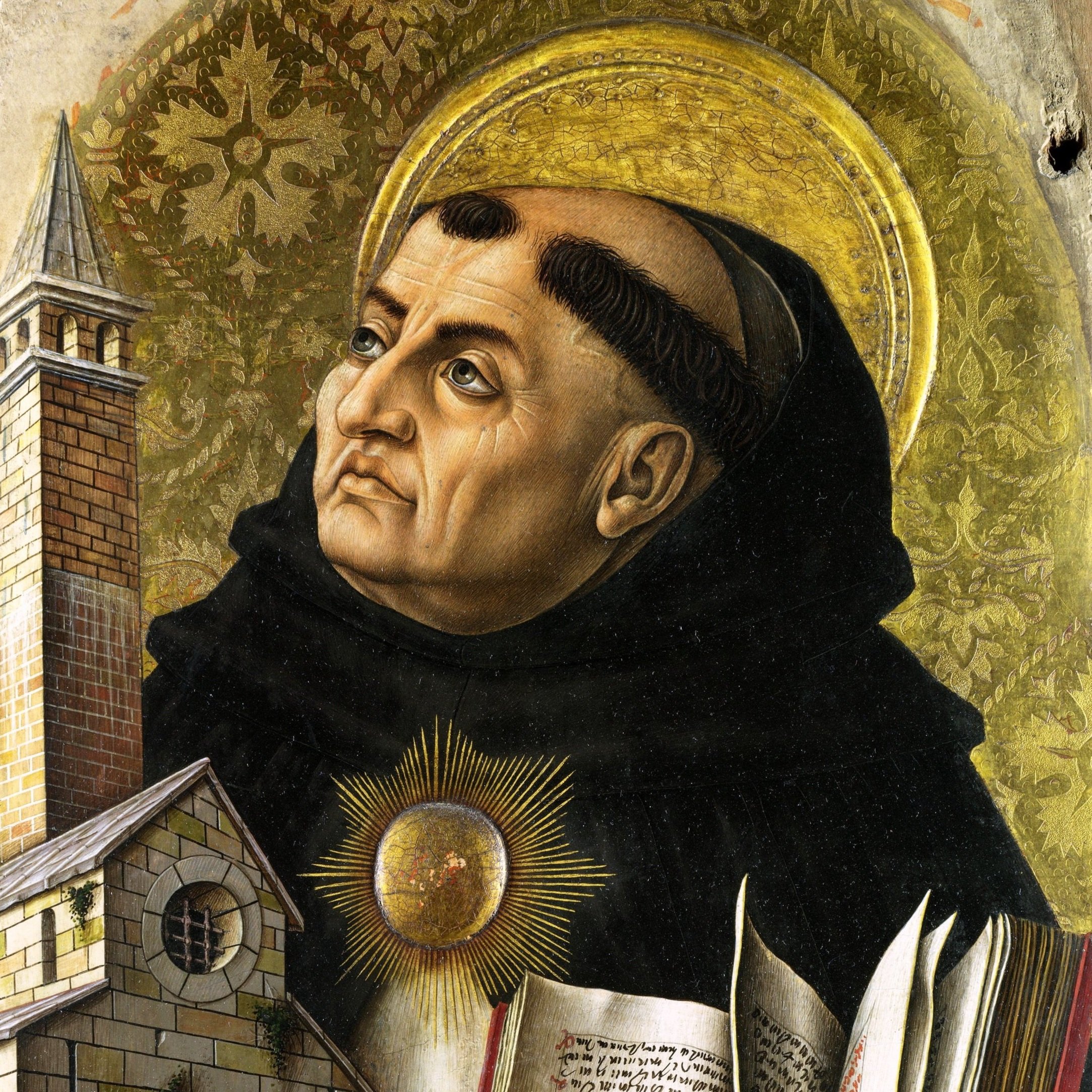
Meet your new best friend in Heaven.
We can be certain of little about Saint Vibiana’s life, except that it ended with her entrance into Heaven, and this is the most important thing to know about any life. Yet, if we look closely, Divine Providence left us a breadcrumb trail to unlock what she is, who she is, and why we should be devoted to her.
Historical Summary
-
The “innocent” and “modest” soul of a young girl named Vibiana enters Heaven after suffering martyrdom sometime during the 200s AD.
-
The Church loses track of St. Vibiana’s relics, tucked away in a catacomb under a vineyard along the Appian Way, for 15 centuries.
-
December 9th 1853, the anniversary of the first apparition of Our Lady of Guadalupe, an excavation team discovers a long-lost catacomb and St. Vibiana’s relics.
-
In February, 1854, Blessed Pius IX declares Vibiana a Saint and the veneration of her relics begins in Rome.
-
By papal proclamation, St. Vibiana is named the principal patron saint of the LA-Monterey archdiocese (which at the time covered most of the Californian land mass). Her relics are given to then Bishop Thaddeus Amat, providing he build a cathedral in her honor.
-
According to one eyewitness account: “Barely had it reached the high seas when it seemed as though all the furies of the lower world had conspired to prevent the sacred relic from entering the diocese in which it was destined to be enshrined.”
-
While her relics were enshrined at Our Lady of Sorrows church in Santa Barbara, a devastating fire breaks out which destroys the Church. Her relics, wax effigy, and silken robes miraculously remain untouched by the flames and heat.
-
Originally deposited in the old plaza church while her cathedral is being constructed.
-
In April 1876, her relics are solemnly enshrined above the high altar of the first LA Cathedral with thousands of Angelenos in attendance.
-
The LA Archdiocese ends up selling the old cathedral property which becomes a secular events venue. It exists to this day, though only for non-religious use as per the terms of the sale.
-
Gaudent Angeli’s mission begins, made possible by your contributions of prayer, time, and financial gifts. “The hour is late,” but with Our Lady Queen of the Angelic Armies and St. Vibiana our patron saint, we can always have hope.
What can we know about her?
The church fathers are silent. The martyrology: empty. She bears the same name of a 4th-century martyr who we know practically everything about. Her identity lends itself to confusion. Her lack of a story lends itself to our forgetfulness of her. But if we look closer we find that we do have her story… We have precisely the right amount of her story as given to us by God Himself through providence.
ANIMA INNOCENS ATQUE PUDICA VIBIANA IN PACE ANTE DIEM KALENDAS SEPTEMBRIS [wreath symbol]
“To the soul of the innocent and modest Vibiana, laid to rest on the eve of September 1st”
As Providence would have it, the slab of her tomb and the contents therein contain her life’s story. These things provided the evidence that Blessed Pope Pius IX used to determine her canonization.
“It is necessary to attribute providence to God.”
St. Thomas Aquinas
Saint Vibiana’s Attributes
-

Innocent
A word that describes St. Vibiana’s resemblance to the Lord: that Lamb of supreme innocence, Christ our paschal sacrifice.
-

Modest or Pure
Modesty (pudica) serves as the shield of purity. A person known for her modesty, which is literally translated as ‘hiddenness’ in Latin, would possess great purity.
-

"Vibiana"
Her name means “full of life.” She lived at a time that was full of death (3rd century Roman Empire)…and we speak of her now during the reign of a culture of death.
-
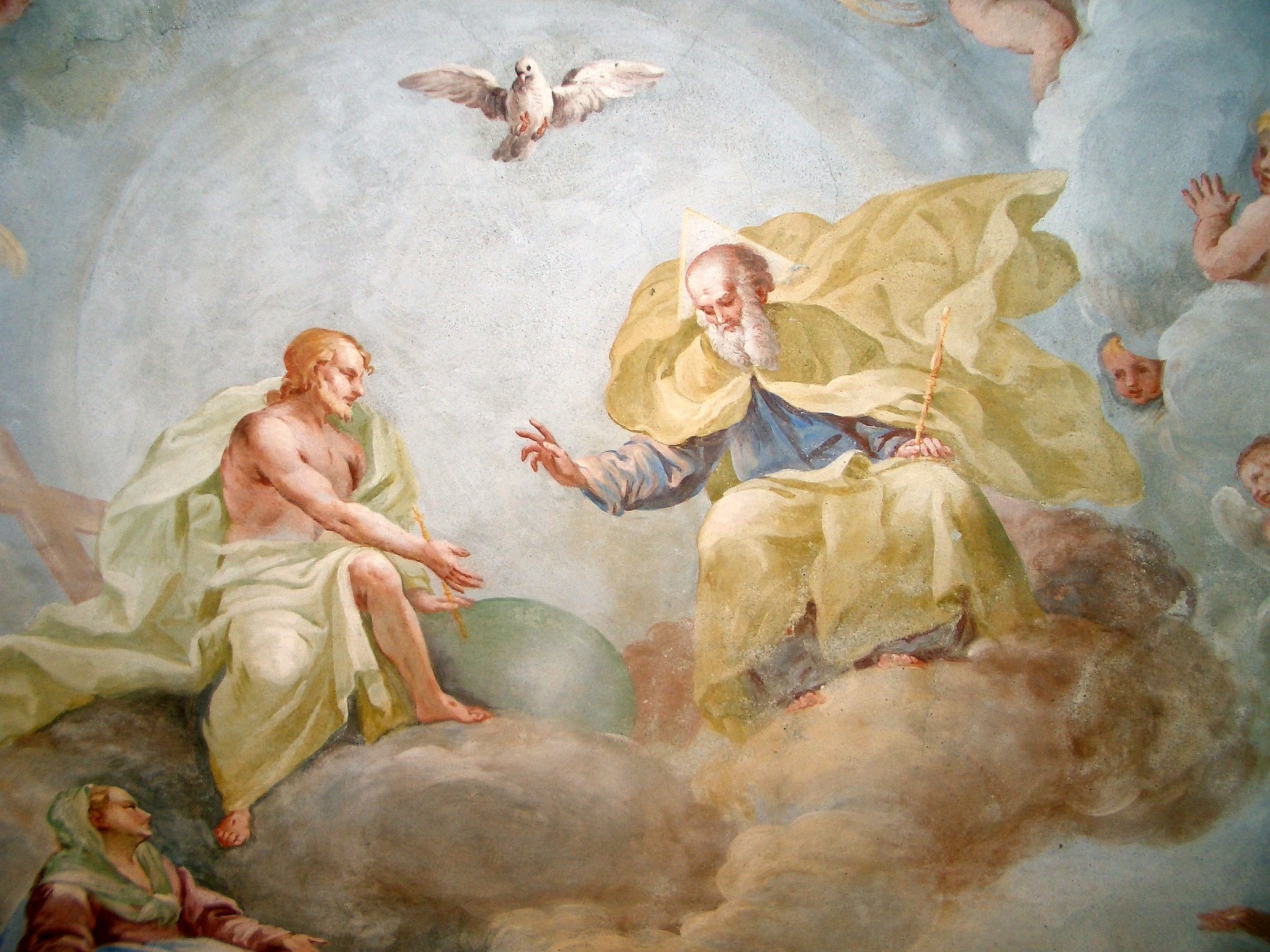
Rest in Peace
She was laid to rest “in pace” according to the words on her tomb. This is evidence that she was in fact a Christian since the pagans at the time did not believe in a peaceful repose of the soul.
-

September 1st
She died “on the eve before September 1st” so September 1st was chosen as her feast day. Traditionally, September 1st was reckoned as day 1 of creation and day 1 of our Lord’s public ministry, so this is a great day in Tradition.
-

Victory
The inscription ends with a symbol of a laurel wreath, the perennial symbol for Roman victory and the victory of the saints and martyrs.
-

Small
Her bones indicated that she was of a small frame, and somewhere between the ages of 12 and 16. This image is a closeup of her wax effigy which surrounds her relics.
-

Violent and Bloody Death
Her remains indicated that she died violently. Next to her bones was found a crystal vial containing her blood, which had not lost its reddish hue.
-
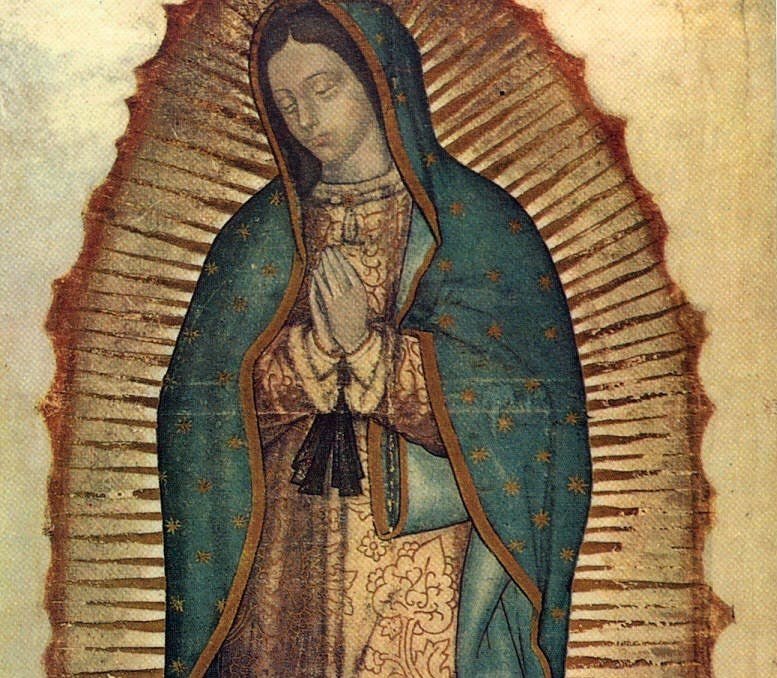
Our Lady of Guadalupe
Her relics were rediscovered on the anniversary of the first apparition of Our Lady of Guadalupe. In giving her to Los Angeles, Bl. Pius IX must have seen how important both devotions would become for our people.
“Her name is not an appellation, but a prophecy.”
St. Ambrose of Milan, on the providence of St. Agnes’ name
St. Vibiana was rejected by men unto the shedding of her blood. She died on a great day in Tradition. She was then lost to history, hidden for over millennia, but against all odds and with the Blessed Mother’s help her relics were rediscovered. The transport of her relics was threatened by storms, fires, and devotional neglect. Her old cathedral which was meant to last for centuries, became emptied, deconsecrated, and sold. Then, her relics became hidden all over again, tucked away in the basement mausoleum of the current LA Cathedral, waiting for passersby to rediscover her and the power of her prayers.
We know her story. We know enough. Enough to say that the world, the flesh, and the devil are against her. Therefore we must be for her.
Why be devoted to her?
Cultural restoration
Politics run downstream from culture but culture runs downstream from something greater: cult. That is to say, the systems of veneration and religious devotion which summarize our daily lives: what we worship. If we wish to save the culture in Los Angeles and California, we need to restore her devotion to what it was or greater.
Powerful patronage
Did she ever stop being our patroness? By no means! Yet, since much of our culture and our local church has all but forgotten her, the graces of her patronage cannot be realized by us. We cannot receive what we do not ask for. Therefore, we’ve been missing out on many graces.
Blueprint for victory
Her most important story is that she lacks one. St. Vibiana is the principal patron saint of Los Angeles, a city that finds meaning in fame and worldly honors. A city where people flock to be seen and known. St. Vibiana, however, teaches us the value of being unknown, little, and hidden with Christ in God (Colossians 3:3). She thereby gives us the blueprint for how we can make California and Los Angeles Catholic and holy again: by becoming little. By becoming saints.
